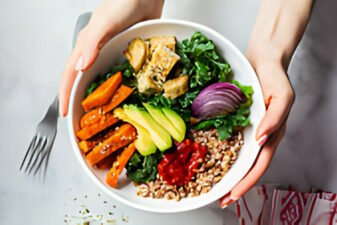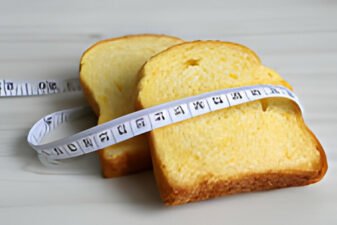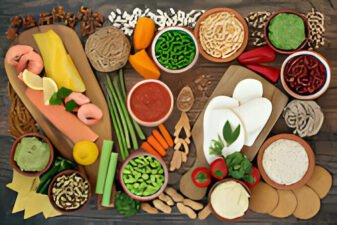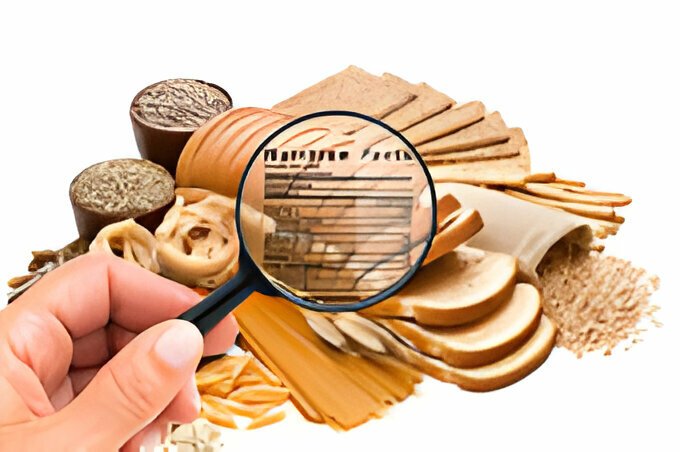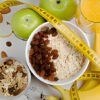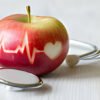Introduction
Carbohydrate is one of the three macronutrients, the other two being protein and fat. Carbohydrates provide essential energy for the brain, red blood cells and a growing fetus. Carbohydrate is also the principal fuel source for strenuous muscular activity. The carb food group includes many foods that are packed with vitamins, minerals and phytochemicals (disease-protective plant chemicals). A healthy diet must include carbohydrates.
Types of Carbohydrate
In terms of chemical structure, the two main types are Simple Carbohydrate (or “simple sugars”), like Monosaccharides and Disaccharides; and Complex Carbohydrates (or “complex sugars”), like Oligosaccharides and Polysaccharides. Carbohydrate comes mainly from plant-food, such as vegetables, fruits, beans, and cereal grains, although the simple sugar lactose is found in milk and milk products.
Simple carbs include: glucose, fructose and lactose. Common sources include table sugar (sucrose), boiled sweets, syrups and honey.
Complex carbs comprise starches or fiber. Good sources of starches include, bread, pasta, rice, beans and some vegetables. Good sources of dietary fiber include: vegetables, fruits, beans, along with the indigestible part of the grain, like wheat bran and oatbran.
Carbs and Glycemic Index
In order to utilize the energy benefits of carbohydrate, the body must first convert it into glucose. The way carbohydrates perform during this glucose-conversion process, is measured by a new system called the Glycemic Index (GI). This system divides foods into high, intermediate or low GI foods, according to how fast their carbohydrate is converted into glucose and thus how quickly the particular food raises our blood-glucose levels. Glycemic value is an important factor in insulin release.
Most Foods Contain Some Carbohydrate
Although some foods contain large quantities of carbohydrate, nearly all foods (except fats) contain a mixture of carbs, protein and fat. So most foods contain some amount of carbohydrate, however small.



